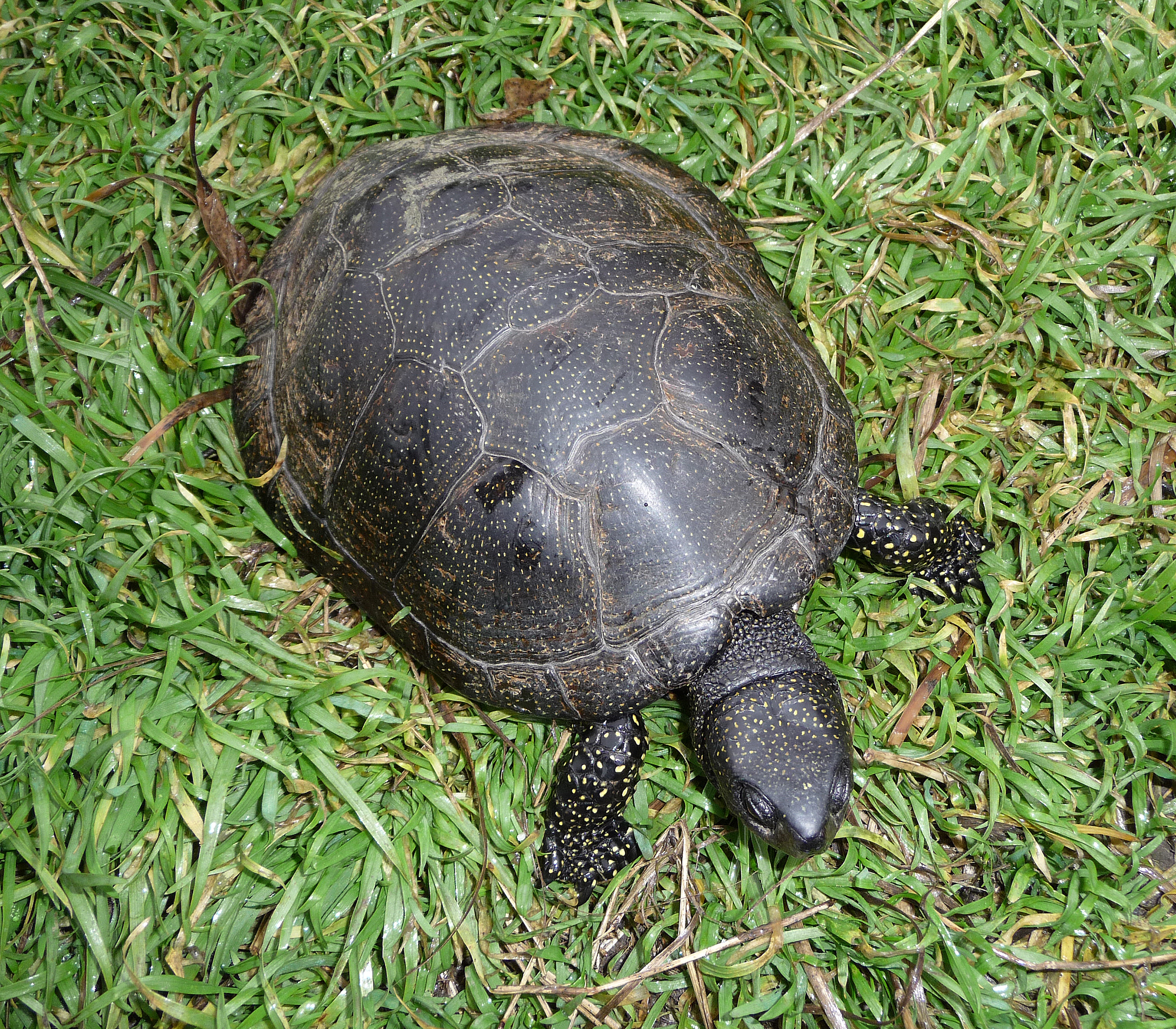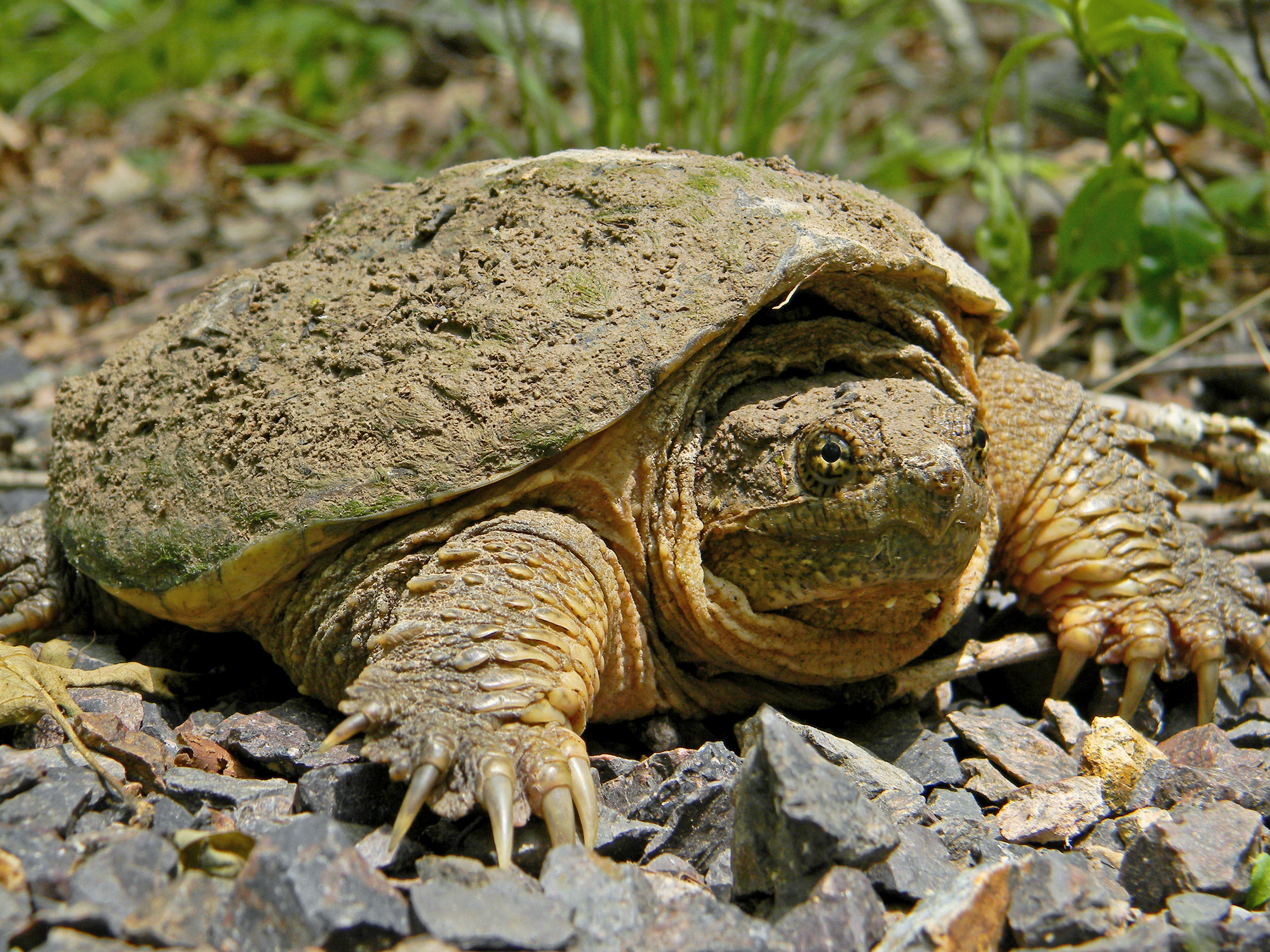|
Amphibia In The 10th Edition Of Systema Naturae
In the 10th edition of ''Systema Naturae'', Carl Linnaeus described the Amphibia as: Animals that are distinguished by a body cold and generally naked; stern and expressive countenance; harsh voice; mostly lurid color; filthy odor; a few are furnished with a horrid poison; all have cartilaginous bones, slow circulation, exquisite sight and hearing, large pulmonary vessels, lobate liver, oblong thick stomach, and cystic, hepatic, and pancreatic ducts: they are deficient in diaphragm, do not transpire (sweat), can live a long time without food, are tenatious of life, and have the power of reproducing parts which have been destroyed or lost; some undergo a metamorphosis; some cast (shed) their skin; some appear to live promiscuously on land or in the water, and some are torpid during the winter. Linnaean characteristics *Heart: 1 auricle, 1 ventricle. Cold, dark red blood *Lungs: breathes uncertainly *Jaw: incumbent *Penis: (frequently) double *Eggs: (usually) membranaceous *Organs o ... [...More Info...] [...Related Items...] OR: [Wikipedia] [Google] [Baidu] |
Carl Linnaeus
Carl Linnaeus (; 23 May 1707 – 10 January 1778), also known after his ennoblement in 1761 as Carl von Linné Blunt (2004), p. 171. (), was a Swedish botanist, zoologist, taxonomist, and physician who formalised binomial nomenclature, the modern system of naming organisms. He is known as the "father of modern taxonomy". Many of his writings were in Latin; his name is rendered in Latin as and, after his 1761 ennoblement, as . Linnaeus was born in Råshult, the countryside of Småland, in southern Sweden. He received most of his higher education at Uppsala University and began giving lectures in botany there in 1730. He lived abroad between 1735 and 1738, where he studied and also published the first edition of his ' in the Netherlands. He then returned to Sweden where he became professor of medicine and botany at Uppsala. In the 1740s, he was sent on several journeys through Sweden to find and classify plants and animals. In the 1750s and 1760s, he continued to collect an ... [...More Info...] [...Related Items...] OR: [Wikipedia] [Google] [Baidu] |
Spot-legged Turtle
The painted wood turtle or spot-legged wood turtle (''Rhinoclemmys punctularia'') is a species of turtle belonging to the genus ''Rhinoclemmys'' of the family Geoemydidae. Distribution The painted wood turtle can be found in Brazil, French Guiana, Guyana, Suriname, Trinidad and Tobago and Venezuela Venezuela (; ), officially the Bolivarian Republic of Venezuela ( es, link=no, República Bolivariana de Venezuela), is a country on the northern coast of South America, consisting of a continental landmass and many islands and islets in th .... Subspecies *''Rhinoclemmys punctularia punctularia'' *''Rhinoclemmys punctularia flammigera'' References Bibliography * * {{Taxonbar, from=Q2697046 Rhinoclemmys Turtles of South America Reptiles of Brazil Reptiles of French Guiana Reptiles of Guyana Reptiles of Suriname Reptiles of Trinidad and Tobago Reptiles of Venezuela Reptiles described in 1801 ... [...More Info...] [...Related Items...] OR: [Wikipedia] [Google] [Baidu] |
Salamander
Salamanders are a group of amphibians typically characterized by their lizard-like appearance, with slender bodies, blunt snouts, short limbs projecting at right angles to the body, and the presence of a tail in both larvae and adults. All ten extant salamander families are grouped together under the order Urodela. Salamander diversity is highest in eastern North America, especially in the Appalachian Mountains; most species are found in the Holarctic realm, with some species present in the Neotropical realm. Salamanders rarely have more than four toes on their front legs and five on their rear legs, but some species have fewer digits and others lack hind limbs. Their permeable skin usually makes them reliant on habitats in or near water or other cool, damp places. Some salamander species are fully aquatic throughout their lives, some take to the water intermittently, and others are entirely terrestrial as adults. This group of amphibians is capable of regenerating lost lim ... [...More Info...] [...Related Items...] OR: [Wikipedia] [Google] [Baidu] |
Lizard
Lizards are a widespread group of squamate reptiles, with over 7,000 species, ranging across all continents except Antarctica, as well as most oceanic island chains. The group is paraphyletic since it excludes the snakes and Amphisbaenia although some lizards are more closely related to these two excluded groups than they are to other lizards. Lizards range in size from chameleons and geckos a few centimeters long to the 3-meter-long Komodo dragon. Most lizards are quadrupedal, running with a strong side-to-side motion. Some lineages (known as "legless lizards"), have secondarily lost their legs, and have long snake-like bodies. Some such as the forest-dwelling ''Draco'' lizards are able to glide. They are often territorial, the males fighting off other males and signalling, often with bright colours, to attract mates and to intimidate rivals. Lizards are mainly carnivorous, often being sit-and-wait predators; many smaller species eat insects, while the Komodo eats mammals a ... [...More Info...] [...Related Items...] OR: [Wikipedia] [Google] [Baidu] |
M Zauneidechse1
M, or m, is the thirteenth letter in the Latin alphabet, used in the modern English alphabet, the alphabets of other western European languages and others worldwide. Its name in English is ''em'' (pronounced ), plural ''ems''. History The letter M is derived from the Phoenician Mem, via the Greek Mu (Μ, μ). Semitic Mem is most likely derived from a " Proto-Sinaitic" (Bronze Age) adoption of the "water" ideogram in Egyptian writing. The Egyptian sign had the acrophonic value , from the Egyptian word for "water", ''nt''; the adoption as the Semitic letter for was presumably also on acrophonic grounds, from the Semitic word for "water", '' *mā(y)-''. Use in writing systems The letter represents the bilabial nasal consonant sound in the orthography of Latin as well as in that of many modern languages, and also in the International Phonetic Alphabet. In English, the Oxford English Dictionary (first edition) says that is sometimes a vowel, in words like '' ... [...More Info...] [...Related Items...] OR: [Wikipedia] [Google] [Baidu] |
Green Anole
''Anolis carolinensis'' or green anole () (among other names below) is a tree-dwelling species of anole lizard native to the southeastern United States and introduced to islands in the Pacific Ocean, Pacific and Caribbean Sea, Caribbean. A small to medium-sized lizard, the green anole is a Anolis ecomorphs, trunk-crown ecomorph and can change its color to several shades from brown to green. Other common names include the Carolina anole, Carolina green anole, American anole, American green anole, North American green anole and red-throated anole. It is sometimes referred to as the American chameleon (typically in the pet trade) due to its color-changing ability; however, it is not a true Chamaeleonidae, chameleon. Description The green anole is a small to medium-sized lizard, with a slender body. The head is long and pointed with ridges between the eyes and nostrils, and smaller ones on the top of the head. The toes have adhesive pads to facilitate climbing. They exhibit sexua ... [...More Info...] [...Related Items...] OR: [Wikipedia] [Google] [Baidu] |
Draco Volans
''Draco volans'', also commonly known as the common flying dragon, is a species of lizard in the family Agamidae. The species is endemic to Southeast Asia. www.reptile-database.org. Like other members of genus ''Draco'', this species has the ability to glide using winglike lateral extensions of skin called patagia.Crew, Bec (2014"Flying dragon lizard a true gliding reptile".''Australian Geographic''. 29 May 2014. Description ''Draco volans'' grows to a length of up to , including the tail. The body is tan in color with dark flecks. The patagium of the male is tan to bright orange with dark banding. The female's patagium has irregular markings rather than banding. EcologyAsia. Courtship The coloration of the patagia and the |
Draco (genus)
''Draco'' is a genus of agamid lizards that are also known as flying lizards, flying dragons or gliding lizards. These lizards are capable of gliding flight via membranes that may be extended to create wings (patagia), formed by an enlarged set of ribs. They are arboreal insectivores. While not capable of powered flight they often obtain lift in the course of their gliding flights. Glides as long as have been recorded, over which the animal loses only in height, which is quite some distance, considering that one lizard is only around in total length, tail included. Piper, Ross (2007). 'Extraordinary Animals: An Encyclopedia of Curious and Unusual Animals'. Santa Barbara, California: Greenwood Press. They are found across Southeast Asia and southern India. and are fairly common in forests, areca gardens, teak plantations and shrub jungle. History of discovery Carl Linnaeus described the genus in 1758, with the type species being ''Draco volans.'' The name of the genus is fr ... [...More Info...] [...Related Items...] OR: [Wikipedia] [Google] [Baidu] |
Common Snapping Turtle
The common snapping turtle (''Chelydra serpentina'') is a species of large freshwater turtle in the family Chelydridae. Its natural range extends from southeastern Canada, southwest to the edge of the Rocky Mountains, as far east as Nova Scotia and Florida. The three species of ''Chelydra'' and the larger alligator snapping turtles (genus '' Macrochelys'') are the only extant chelydrids, a family now restricted to the Americas. The common snapping turtle, as its name implies, is the most widespread. The common snapping turtle is noted for its combative disposition when out of the water with its powerful beak-like jaws, and highly mobile head and neck (hence the specific epithet ''serpentina'', meaning "snake-like"). In water, it is likely to flee and hide underwater in sediment. The common snapping turtle has a life-history strategy characterized by high and variable mortality of embryos and hatchlings, delayed sexual maturity, extended adult longevity, and iteroparity (repeat ... [...More Info...] [...Related Items...] OR: [Wikipedia] [Google] [Baidu] |
Geometric Tortoise
The geometric tortoise (''Psammobates geometricus'') is a critically endangered species of tortoise and one of three members of the genus ''Psammobates''. It is found in a very small section in the South-Western Cape of South Africa. Identification It has a very strong, black and yellow patterned carapace, used for defence against predators. The patterns are arranged in ray-like markings and help the tortoise blend in with its environment. From a birds eye view the shell has geometrical symbols on it thus giving it its name. This tortoise is very small, and a full grown tortoise can only reach about 5 to 6 inches in diameter. The tortoise is one of the rarest species of tortoise of earth, only about 2,000 to 3,000 are alive today. However, because of its cryptic coloration and lack of activity, it makes it hard to create an accurate estimate of the population size. While it shares much of its superficial outer appearance with its relatives in the genus ''Psammobates'', i ... [...More Info...] [...Related Items...] OR: [Wikipedia] [Google] [Baidu] |




_by_Robert_Michniewicz.jpg)
_male.jpg)

